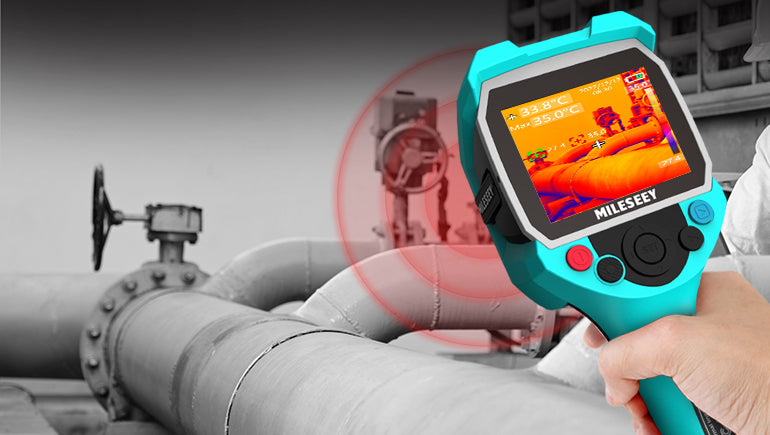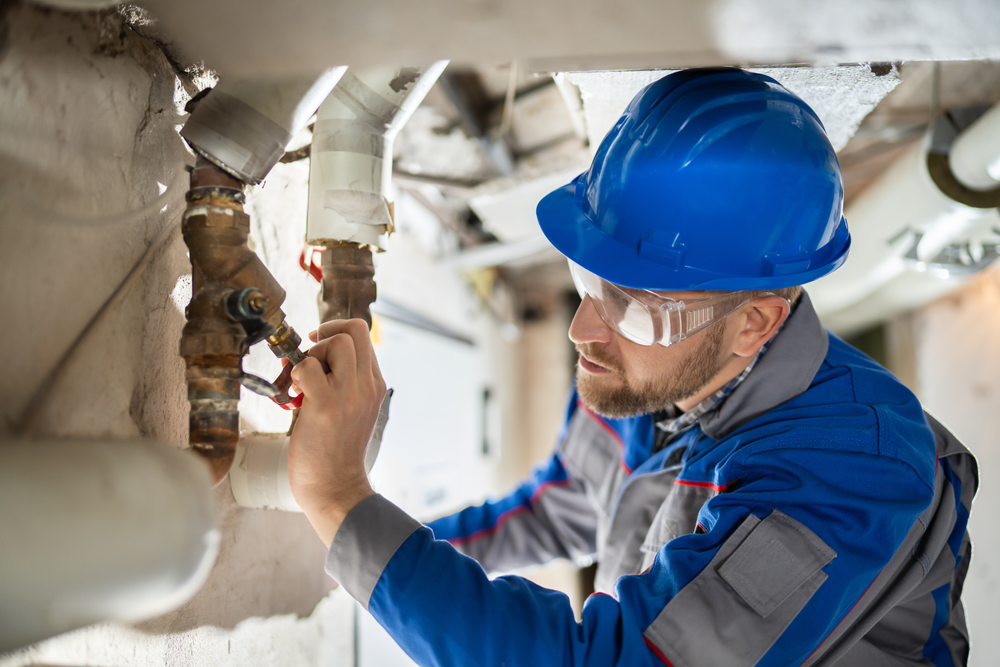Water leaks can start small, often going unnoticed until significant damage occurs in your home or property. Hidden leaks can lead to structural damage, mold growth, increased utility bills, and costly repairs if not detected early. Detecting leaks before they cause serious problems is essential for protecting your property and maintaining a safe living environment. If you suspect a hidden water leak in your home, hiring a trusted leak detection company near me can help identify and resolve the problem quickly and efficiently. In this blog, we’ll explore how to identify hidden water leaks, common warning signs, and effective methods for early detection.
Understanding Hidden Water Leaks
A hidden water leak is any leak that is not immediately visible to the naked eye. These leaks can occur behind walls, under floors, beneath slabs, or in pipes that are buried underground. Because they are not easily seen, they often go undetected until damage becomes apparent. Common causes include aging pipes, corrosion, shifting foundations, faulty plumbing connections, and high water pressure.
Understanding that these leaks exist and being proactive is the first step in preventing extensive damage. Early detection not only saves money but also prevents health hazards associated with mold and mildew caused by prolonged moisture exposure.
Common Signs of Hidden Water Leaks
Even when leaks are hidden, certain signs can indicate their presence. Being aware of these warning signs can help you take action before severe damage occurs. Some common indicators include:
-
Unexplained Increase in Water Bills: A sudden spike in your water bill without changes in usage may indicate a leak.
-
Damp Spots or Water Stains: Discolored patches on walls, ceilings, or floors often signal water intrusion.
-
Musty Odors: Persistent, damp, or moldy smells can indicate hidden moisture caused by leaks.
-
Sagging or Warped Flooring: Water accumulation under floors can cause wood or laminate flooring to buckle or warp.
-
Sound of Running Water: Hearing water flow when no taps are on may point to a hidden leak.
-
Low Water Pressure: A sudden drop in water pressure in certain areas could indicate a leak in your plumbing system.
Noticing these signs early and investigating them can prevent minor leaks from becoming major structural issues.

Inspecting Your Plumbing System
A thorough inspection of your plumbing system is one of the most effective ways to detect hidden leaks. Start by checking visible pipes under sinks, behind toilets, and around appliances such as dishwashers and washing machines. Look for signs of corrosion, moisture, or dripping water.
It is also important to inspect areas that are not immediately visible. Check crawl spaces, basements, and around foundation walls for dampness. Some leaks occur inside walls or under slabs, making them difficult to spot without specialized equipment. In such cases, professional help may be necessary to locate the source of the leak accurately.
Using Technology for Leak Detection
Modern technology has made detecting hidden water leaks more efficient and accurate. Several tools and techniques are commonly used by professionals:
-
Thermal Imaging Cameras: These devices detect temperature differences in walls or floors, revealing hidden moisture.
-
Acoustic Leak Detectors: These instruments pick up the sound of water escaping from pipes, even if the leak is behind walls or under floors.
-
Moisture Meters: Measure the moisture content in building materials to identify areas affected by water leaks.
-
Video Pipe Inspection: Small cameras inserted into pipes can visually identify cracks, blockages, or leaks.
Using these technologies, professionals can locate leaks quickly and accurately, reducing the need for invasive repairs.
Checking Outdoor Water Sources
Hidden leaks aren’t limited to indoor plumbing. Outdoor water lines, irrigation systems, and sprinkler pipes can also develop leaks that go unnoticed. Signs of outdoor leaks include unusually green patches of grass, soggy soil, or pooling water in areas that are normally dry. Regular inspections of your yard, irrigation systems, and water meter readings can help detect leaks early.
Monitoring your water meter is particularly effective. Turn off all water sources in your home and check the meter. If it continues to move, this is a strong indication of a hidden leak somewhere in your plumbing system.
Preventive Maintenance
Detecting hidden leaks is easier when your plumbing system is well-maintained. Preventive measures reduce the risk of leaks and allow early detection:
-
Regular Inspections: Have a professional plumber inspect your pipes and plumbing system annually.
-
Replace Aging Pipes: Pipes made of outdated materials, such as galvanized steel, are more prone to leaks. Replacing them with modern materials like PEX or copper reduces risk.
-
Install Water Leak Detectors: Smart devices can alert you to leaks immediately, even before they cause noticeable damage.
-
Maintain Water Pressure: High water pressure can stress pipes and lead to leaks. Installing a pressure regulator protects your plumbing system.
Preventive maintenance not only detects leaks early but also extends the lifespan of your plumbing system.
Acting Quickly When You Detect a Leak
Once a leak is detected, it is essential to act immediately to prevent further damage. Turn off the water supply to the affected area and call a professional plumber or leak detection service. Quick action can prevent costly repairs, water damage to floors, walls, and ceilings, and the growth of mold.
Professional repair services can fix the leak effectively and may also perform a post-repair inspection to ensure the issue has been fully resolved. Addressing leaks promptly protects your property and maintains a safe environment for your family.
Conclusion
Hidden water leaks may start small, but they can cause significant damage if left undetected. By being aware of the warning signs, regularly inspecting your plumbing system, using modern leak detection technology, and performing preventive maintenance, you can catch leaks early and avoid costly repairs. Remember that acting quickly when a leak is detected is crucial to minimize damage and protect your home.
Detecting hidden leaks before they cause damage not only saves money but also ensures the safety and longevity of your property. Whether through professional inspections or the use of smart leak detection devices, taking proactive measures is the best approach to maintaining a leak-free and healthy home.

